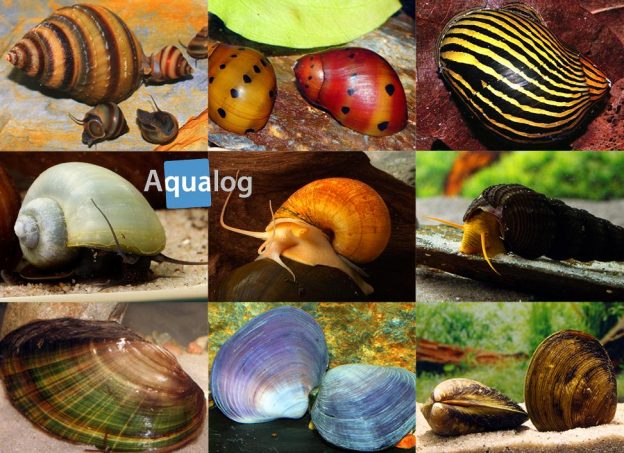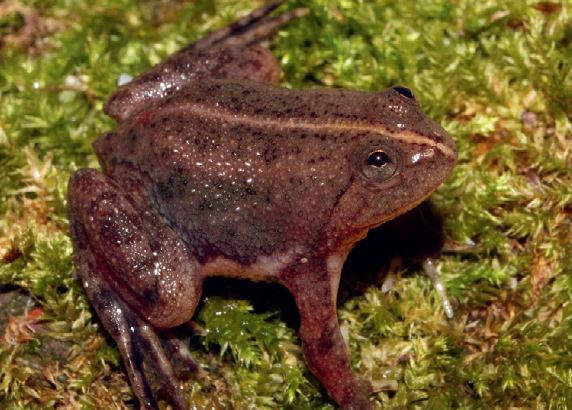
Read the full article...




There’s a general ‘rule’ throughout the animal kingdom which, basically, says that the larger the appearance of an individual, the more intimidating it is towards rivals and predators. Witness, for example, how male fish of many species spread their fins when facing rivals in disputes over mates, or territory, or food, or when they, themselves, are faced with the prospect of becoming another animal’s next meal. So…what’s this got to do with the saurian that forms the subject of this article? Quite a lot, in fact.

The armoured catfish of the genera Corydoras, Scleromystax, Brochis and Aspidoras are often referred to in the aquaristic literature as “swarm fish”, combined with the recommendation to always maintain at least 4-6 specimens together. In the aquarium, however, armoured catfish swim in a swarm only once in a while, are they really schooling fish?





The smallest fishes in the world are the dwarf cyprinids of the genus Paedocypris. There are three scientifically described species of these dwarfs: two from Borneo and one from Sumatra and an offshore island. They are Paedocypris carbunculus (Kalimantan Tengah, Borneo), P. micromegethes (Sarawak, Borneo), and P. progenetica (Sumatra and Bintan). Following their discovery during the 1990s it was thought that they might even be the smallest vertebrates of all, but that honor currently belongs to the fro

The marine angelfishes are without doubt among the most beautiful of all marine fishes. Six species occur on the western coast of the Atlantic. The discovery there of a new species must rank as a sensation, as the area has been very well explored ichthyologically.
The six species that occur there are the Pygmy Angelfish (Centropyge argi), the Rock Beauty (Holacanthus tricolor), the Gray Angelfish (Pomacanthus arcuatus), the French Angelfish (Pomacanthus paru), the Blue Angelfish (Holacanthus bermudensis), and the Queen Angelfish (Holacanthus ciliaris). You should know that the last two species can be told apart only by their differing coloration.

In spring people are drawn to the open air. Regardless of whether they own a garden or just a balcony, at this time of year aquarists often wonder whether and which of their fishes could be kept outside for a while.

Dwarf shrimps of the genera Caridina and Neocaridina are the all the rage in the 21st century aquarium hobby. When Uwe Werner published the very first book on the subject in 1998, Shrimps, crayfishes, and crabs in the freshwater aquarium (Aqualog), a few species were already known in the hobby. But it was virtually impossible to get reliable information on the little creatures imported more or less universally as bee or bumblebee shrimps.


As each month we present the most popular fish imports sponsored by Aquarium Glaser!

Last time we looked at the “living fossils”, ancient fishes that breathe using lungs and have stout scales and limb-like fins or fins on stalks. None of the species in existence today displays any serious inclination to venture onto land, and hence they don’t answer the question of why at some time in the past fishes made their way ashore. Perhaps there are modern fish species that can provide an answer?

The maintenance of many aquatic frogs is largely something for dedicated animal enthusiasts who are prepared largely to overlook the fact that decorative planting of the aqua-terrarium is not entirely compatible with their pets. As the vast majority of aquatic frogs, that is frogs that live year-round in the immediate vicinity of water, grow to significantly more than 5 cm long. So delicate plants don’t stand much of a chance in the long term… But for a while now there has been a little frog on the market that grows to only around 3.5-4 cm long and is perfectly suited to the attractively planted aqua-terrarium: the Green Puddle Frog, Occidozyga lima.